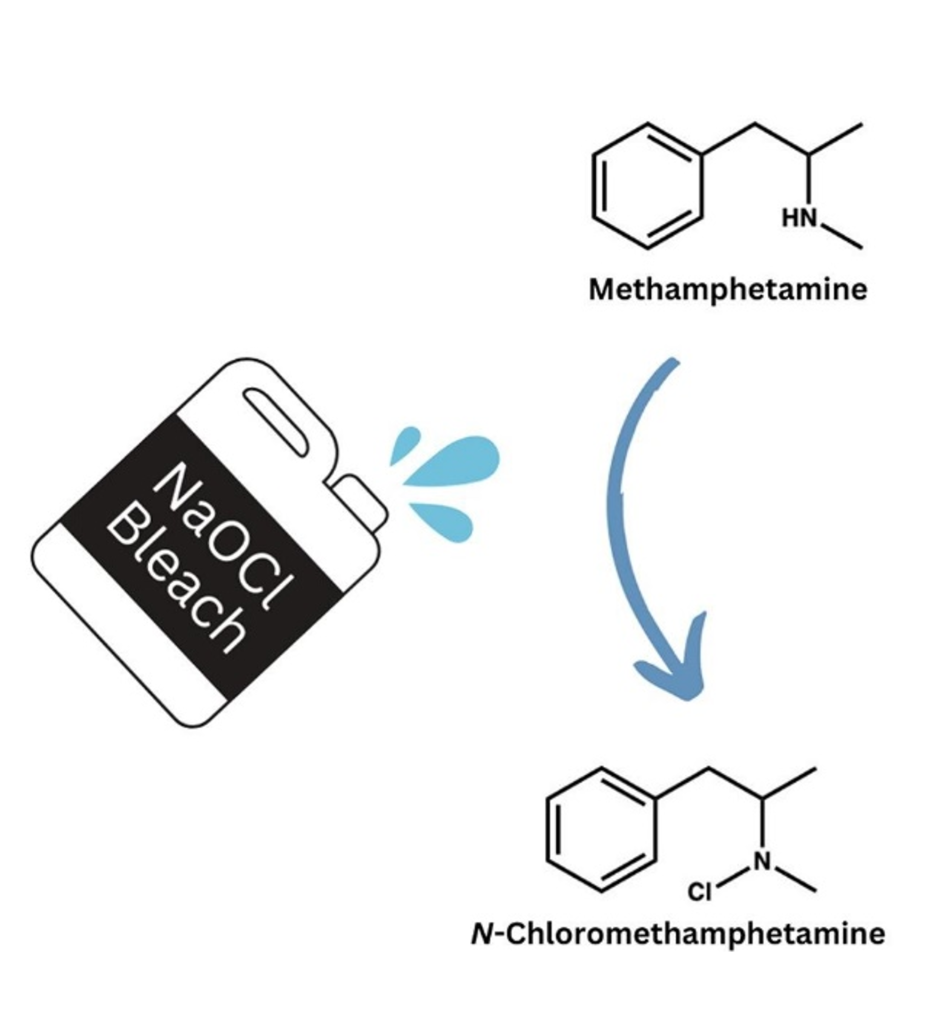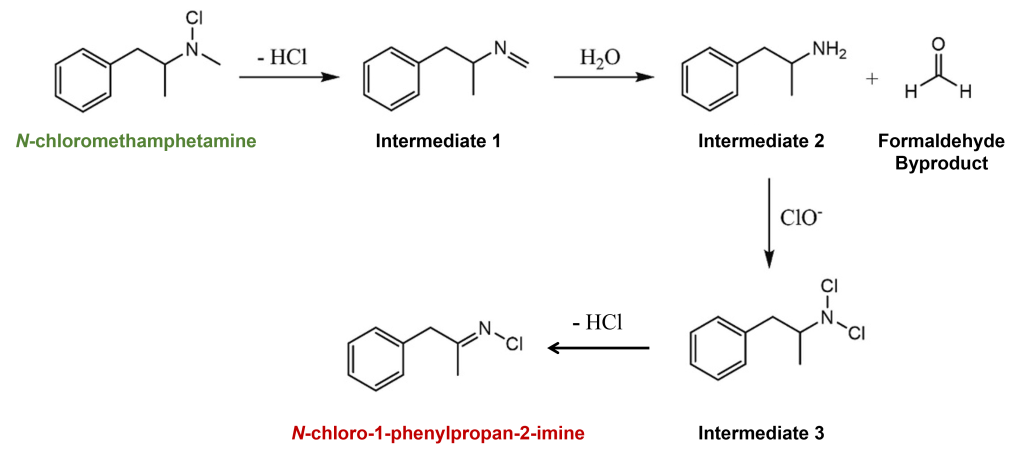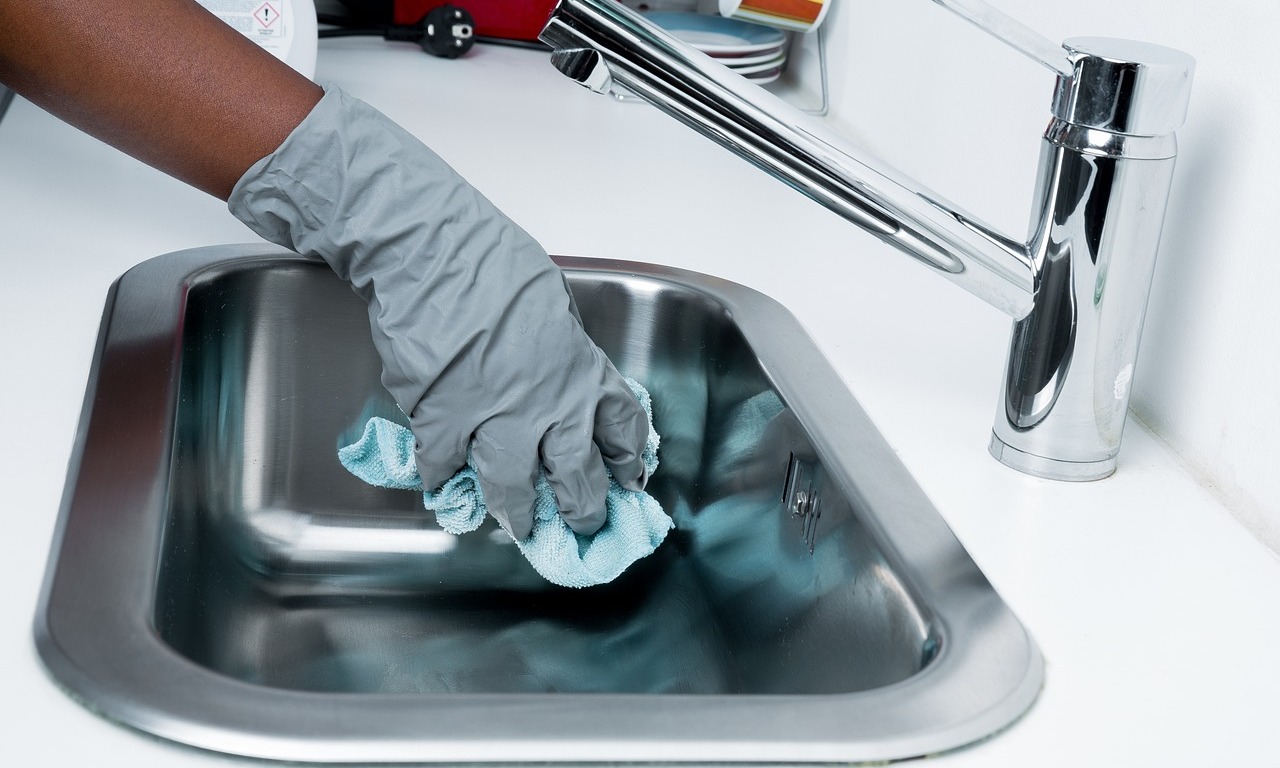Feature photo by 6581245 from Pixabay
The realities of crime can unfortunately leave behind a sticky residue once the criminals have been carted off to jail. Take for example, clandestine drug labs in rented apartments or portables; what are the steps the landlords can take to ready the property for the next tenants? Typically, property owners can hire crime scene cleaners to prepare the property, like building contractors. However, just like building contractors, there are expected hazard exposures during the job – but what are the potential hazards when cleaning meth labs? Scientists in New Zealand set out to explore more of what these risks are, considering not only the starting conditions, but also potential new hazards created during the cleaning process with bleach.
While many of us may immediately reach for bleach to spotlessly cleanse a dirty environment, in the case of clandestine drug labs, this is discouraged by the US Environmental Protection Agency (EPA) for various reasons. Most notably, the US EPA acknowledges the lack of information on potential new products formed between methamphetamine, all the chemicals used to make meth, and commercial cleaning products. To begin coloring in this black box, Prof Gordon Miskelly and Ph.D. student Alexandra Mayer at the University of Auckland published a recent study about the various products and reaction rates between methamphetamine and sodium hypochlorite bleach using classical chemistry methods (Fig 1).

Their experimental setup started out simple – add commercial bleach to samples of pure meth and analyze the results over time. Within a split second (calculated later), 95% of the methamphetamine reacted with the free chlorine in the bleach, abbr. as NaOCl, and converted to N-chloromethamphetamine. This was a welcome result – a single product from highly efficient reactions can be predictable and manageable, even if we do not know the specific risks from this compound. However, further in their observations, they saw that N-chloromethamphetamine transformed into N-chloro-1-phenylpropan-2-imine and benzaldehyde. Benzaldehyde is known to cause acute toxicity when inhaled or ingested and is also a severe eye irritant, posing a serious health hazard when cleaning.
Furthermore, Mayer and Miskelly investigated how long the N-chloromethamphetamine and other final products would last if all the free chlorine in bleach was used up by quenching or stopping the reaction. They saw that the N-chloromethamphetamine was relatively stable for the first two hours but began to disappear by the 24-hour mark, while the other two were produced in small quantities over a few days. This knowledge can offer information to cleaners regarding how long they can let the bleach sit in the questionable drug mixture, and if you need to add a neutralizing agent to make the mixture less dangerous (somewhat similar to how you add base to acid to neutralize it to water).
Finally, the most important part of these studies is not just reaching the destination, but enjoying the journey along the way – in essence, figuring out the path the molecule took to transform from A to B. This is known as the mechanism of the reaction. Organic chemists study the intermediate changes to the compound and then trace the steps the electrons took to reach their final state. In Mayer and Miskelly’s case, the scientists knew already how methamphetamine transformed to N-chloromethamphetamine based on other people’s work, so they focused on how N-chloromethamphetamine degraded into N-chloro-1-phenylpropan-2-imine. They studied their data from GC-MS and NMR, combined with organic chemistry principles, and proposed the mechanism below (Fig 2).
In the mechanism, N-chloromethamphetamine, formed in the basic environment of the bleach, loses a chlorine atom. The chlorine atom doesn’t like to exist by itself, and partners with the free hydrogen atoms in the bleach solution to form HCl. This step forms the first intermediate, which then reacts with water in the bleach solution to form a second intermediate and release formaldehyde gas. The second intermediate reacts with the chlorite ion which is dominant in bleach (a part of sodium hypochlorite) to form a third intermediate, which then releases another chlorine ion as HCl to form the stable N-chloro-1phenylpropan-2-imine, seen in their NMR and GC-MS results.

Foundational studies on how illicit substances interact and transform with common cleaning products can improve the safety of our crime scene cleaning practices. Mayer and Miskelly’s results on how meth and bleach mix, and further work looking at the starting material for methamphetamine synthesis, ephendrine, may even influence our evidence collection procedures when cleaning products were known to be used by the suspect or criminal.
| Title | Chemical decontamination of methamphetamine and ephedrine using household hypochlorite bleach |
| Authors | Alexandra Mayer, Gordon Miskelly |
| Year | 2023 |
| Journal | Forensic Chemistry |
| URL | https://www.sciencedirect.com/science/article/pii/S2468170923000747 |
